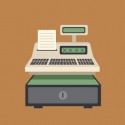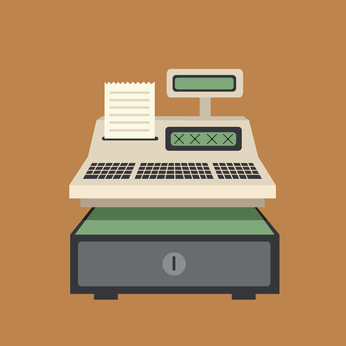While still a relatively new feature of the marketplace, mobile credit card processors are starting to gain steam as the latest tech tool for personal and small business finance. More than 4 million users reportedly use this point-of-sale (POS) technology, according to The Simple Dollar. These devices work well in a range of nontraditional retail settings, and their ease of use and elegant design are encouraging those business owners who are less than tech-savvy to get on board the mobile credit card reader train.
Cash-Free Transactions
The blog FoodTank says there are more than 8,000 farmer’s markets nationwide, and many of these independent producers and retailers are embracing the move toward simple, easy-to-use credit card technology. These pop-up markets have traditionally relied on cash-only transactions, which can be difficult for record-keeping purposes and can limit the number of purchases a customer might be willing to make in a single trip to the market. Unlike credit card readers that are meant for brick-and-mortar stores, card readers that work with mobile phones and tablets are well suited for the nomadic structure of farmers’ markets and fairs because they operate wirelessly, require little additional equipment, and are relatively inexpensive to use.
Medill News says cash-free transaction technology has become so popular that it’s even begun to replace traditional POS systems, resulting in streamlined systems for business owners and customers alike. Intuit recently partnered with Verizon to make its products even more accessible for business owners and independent contractors. Users can pay a flat monthly fee and enjoy a reduced “swipe rate” or pay no fee and a slightly higher rate per transaction. The partnership will allow users to receive a free reader after a mail-in rebate when purchased at a Verizon store and choose the payment plan that makes the most sense for their current volume of business.
Nordstrom’s Card Readers
Many retailers are adopting the mobile card technology and phasing out cash registers, which have been handling transactions since the late 1800s. High-end department store Nordstrom started testing iPods and iPads to ring up on-the-spot sales without traditional cash registers. A Barney’s New York spokeswoman tells the Associate Press that cash registers are heading toward obsolescence. Mobile devices allow salespeople to roam the floors and provide better customer service. They can also handle on-the-spot sales, which gives shoppers less time to talk themselves out of purchases.
Streamlined and Secure
Thanks to the increasing prominence of wireless financial technologies and apps, consumer comfort with it seems to be furthering the mobile credit reader trend. With more business people developing diverse strategies to find new customers and opportunities, technology that makes getting paid more streamlined makes a lot of sense. Transactions across all mobile platforms are secure, and each company typically allows users to opt-in or opt-out on whether they’d like their information saved for repeat transactions or only a one-time transaction. In a way, these mobile technologies marry the best of the online shopping with the interaction of shopping in the “real world,” allowing customers to try on items, squeeze their produce, and actually talk to the shop owners, while being able to process their payment easily, securely and elegantly.


